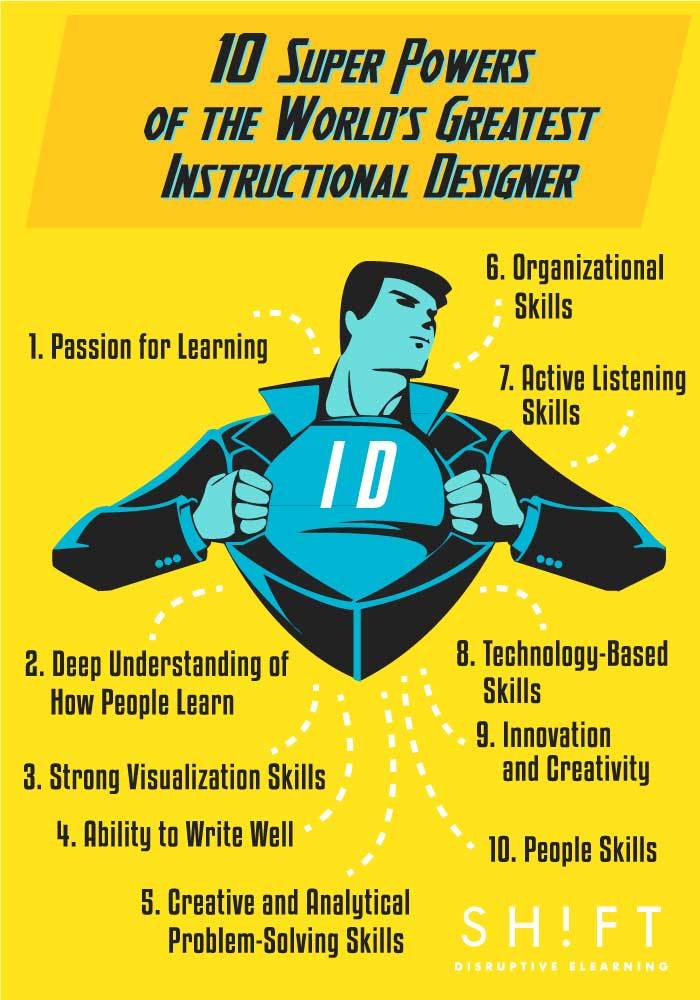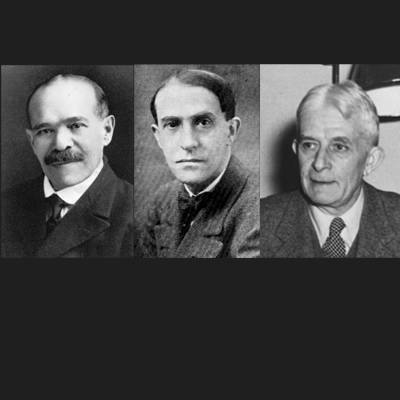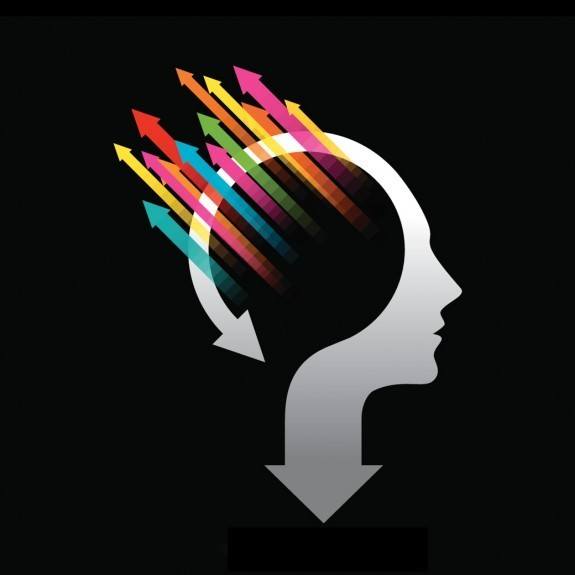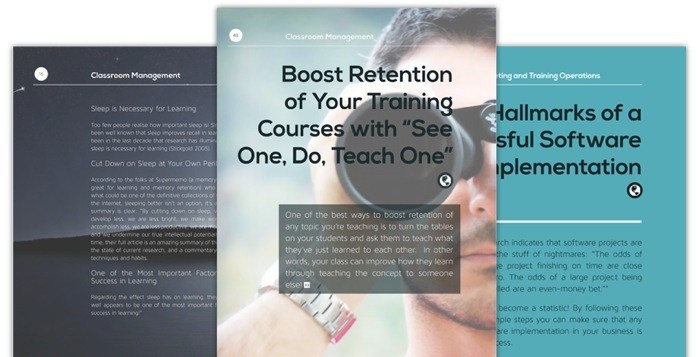Search for...
Instructional Design Bookmarks
Published Bookmarks


January 13, 2014
by
Ryan Tracey
What do Einstein, the Beatles, and Confucius have in common? They all have unique perspectives of knowledge organization and management.


January 11, 2014
by
Beth Case
How many of these skills do you have? Which ones do you need to work on?
 10 Super Powers of the World’s Greatest Instructional Designer
10 Super Powers of the World’s Greatest Instructional Designer
Any professional eLearning designer would agree that users are always at the heart of what they do. The bulk of our articles last year focused on users. But what about designers themselves? Who are they? What impressive feats do they perform? What skills do they possess? How crucial is their role in developing educational materials for a new generation of learners? Let’s not forget about these oft-overlooked professionals who help make eLearning possible, personal, effective and immediately app
Corporate Training in 2014: Business Goals, Learner Needs, or Both?
Its up to the L&D department to use a mix of modalities that will maximize engagement, motivation, and chances for relevant practice in eLearning.
 Instructional Design Models and Theories: Gestalt Theory
Instructional Design Models and Theories: Gestalt Theory
1922 - Max Wertheimer, Kurt Koffka and Wolfgang Köhler introduce Gestalt Psychology. Check the Instructional Design Models and Theories: Gestalt Psychology article and presentation to find more.

January 7, 2014
by
JanaJan
We can learn when we are able to create new memories, store them and recall them when needed. If we want to help our students to learn efficiently, we should know something about functioning of our memory. Human memory is the center of the cognitive learning theory.
 5 Applications for Analogies in eLearning - eLearning Brothers
5 Applications for Analogies in eLearning - eLearning Brothers
The most effective ways to help learners build a web of understanding and quickly catch on to new concepts is through the use of analogies in eLearning.


December 28, 2013
by
Ryan Tracey
Boys are tuning out of school in droves. Let's re-engage them by bringing their culture into the classroom.


December 28, 2013
by
Ryan Tracey
Over time we are changing the way we interact with information. We are becoming pullers of information rather than accepting that which is pushed to us. A further extension of this behavior is our taste for succinct information (or the lack of waffle).


December 27, 2013
by
John Peebles
How to Deliver Better Training - a collection of training hints, tips, and tricks, prepared by teachers, for teachers. Download this free eBook here!
Upcoming Instructional Design
Bookmarks All
Bookmarks All
Submit Bookmark




